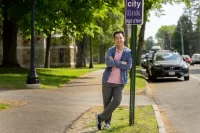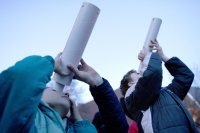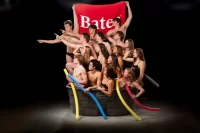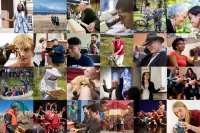
High School science fair to feature more than 450 projects
The fourth annual Lewiston High School Science Fair takes place in the high school gymnasium at 156 East Ave. from 3 to 6 p.m. Thursday, May 8. Presented in partnership with the Bates College Center for Service-Learning, the fair features more than 450 projects created by students in grades 9 through 12.
Projects are eligible for medals and cash awards bestowed for best-of-fair and first- through third-place prizes in each of three grade divisions — 9th, 10th and upper-class.
In their projects, the students investigate topics ranging from the effects of music on the heart rate to the chemicals present in tap water. Last year’s winners included students studying the relationship between caffeine and blood pressure, the aerodynamics of different fabrics and the strength of different kinds of glue.
“Science-fair projects give kids their first experience in real science,” says Mike Hutchins, head of the high school science department. The fair also addresses key indicators in the State of Maine Learning Results.
The fair “is a wonderful opportunity for Bates to enhance the high school science curriculum and for the college’s students to learn more about the community,” says Sue Martin, assistant director of the Bates Center for Service-Learning.
Last year more than 60 Bates faculty, staff and students spent an afternoon judging projects in the science fair. The college also supports the fair through a Bates Science Education Outreach Grant funded by the Howard Hughes Medical Institute.




